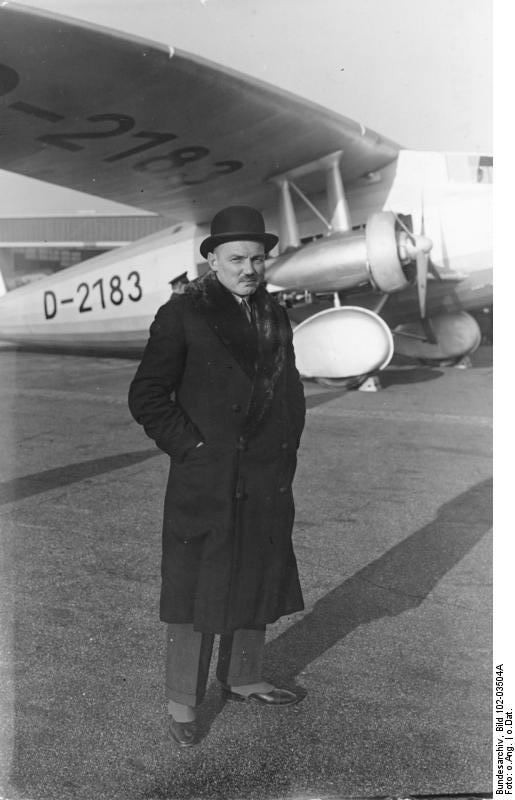
- For PC
- For MAC
- For Linux
- OS: Windows 10 (64 bit)
- Processor: Dual-Core 2.2 GHz
- Memory: 4GB
- Video Card: DirectX 11 level video card: AMD Radeon 77XX / NVIDIA GeForce GTX 660. The minimum supported resolution for the game is 720p.
- Network: Broadband Internet connection
- Hard Drive: 23.1 GB (Minimal client)
- OS: Windows 10/11 (64 bit)
- Processor: Intel Core i5 or Ryzen 5 3600 and better
- Memory: 16 GB and more
- Video Card: DirectX 11 level video card or higher and drivers: Nvidia GeForce 1060 and higher, Radeon RX 570 and higher
- Network: Broadband Internet connection
- Hard Drive: 75.9 GB (Full client)
- OS: Mac OS Big Sur 11.0 or newer
- Processor: Core i5, minimum 2.2GHz (Intel Xeon is not supported)
- Memory: 6 GB
- Video Card: Intel Iris Pro 5200 (Mac), or analog from AMD/Nvidia for Mac. Minimum supported resolution for the game is 720p with Metal support.
- Network: Broadband Internet connection
- Hard Drive: 22.1 GB (Minimal client)
- OS: Mac OS Big Sur 11.0 or newer
- Processor: Core i7 (Intel Xeon is not supported)
- Memory: 8 GB
- Video Card: Radeon Vega II or higher with Metal support.
- Network: Broadband Internet connection
- Hard Drive: 62.2 GB (Full client)
- OS: Most modern 64bit Linux distributions
- Processor: Dual-Core 2.4 GHz
- Memory: 4 GB
- Video Card: NVIDIA 660 with latest proprietary drivers (not older than 6 months) / similar AMD with latest proprietary drivers (not older than 6 months; the minimum supported resolution for the game is 720p) with Vulkan support.
- Network: Broadband Internet connection
- Hard Drive: 22.1 GB (Minimal client)
- OS: Ubuntu 20.04 64bit
- Processor: Intel Core i7
- Memory: 16 GB
- Video Card: NVIDIA 1060 with latest proprietary drivers (not older than 6 months) / similar AMD (Radeon RX 570) with latest proprietary drivers (not older than 6 months) with Vulkan support.
- Network: Broadband Internet connection
- Hard Drive: 62.2 GB (Full client)
.jpg)
From May 14th 15:00 GMT to May 15th 15:00 GMT
30% discount for purchase price of all Do-217
Claude (Claudius) Honoré Desiré Dornier (May 14th, 1884 - December 5th, 1969) is one of aviation's greatest pioneers, his creations are still in use today. Like many he was swept up in the winds of world events and designed machines to fulfil demand, including war machines. During his life he designed a number of groundbreaking and world famous aircraft that cemented his name in the annals of history. This year also marks the 100th anniversary of Dornier designing aircraft.

Born in Kempten im Allgäu, Bavaria (southern Germany) to a French father and German mother he had a strong interest in science, studied hard, and eventually was accepted into the Technical University of Munich, graduating in 1907. Dornier first worked on structural strength calculations at Nagel Engineering Works in Karlsruhe close to Luxembourg. Soon after he joined the Luftschiffbau Zeppelin in Friedrichshafen on Lake Constance (German: Bodensee) where his genius flourished.
Count Ferdinand von Zeppelin (8th July 1838 – 8th March 1917) found in Dornier the talent he needed to pursue his dream of military observation balloons and aircraft inspired from seeing the American Civil War first hand. Dornier had great latitude to hone his skill and push technology, but also saw how the events in World War One could drive the success of a company.
Stronger and lighter metals and structures he worked on led to better airships, and soon airplanes. During WW1 Dornier whilst at Zeppelin designed metal aircraft, the large “Rs” flying boat and the “D.1” un-braced fully cantilevered-wing metal biplane.
The death of Count Zeppelin and Germany's surrender after WW1 prompted Dornier to venture out on his own in Friedrichshafen. While free from the Zeppelin Company, he was not free from the crushing restrictions of the Versaille Treaty which forbade the building of any aircraft. Taking advantage of the lake he set up facilities in Switzerland and soon after, added more manufacturing facilities in Italy (Piaggio), Spain (CASA), Japan (Kawasaki), and Netherlands (Aviolanda). He also continued developing flying boats that he had started with Zeppelin before, and there success came.

Success with his Delphin (Dolphin, 1920) lead to an enlarged version built in a newly established factory in Marina di Pisa, Italy. In 1922, the Dornier Do-J (Do-16) “Wal” (Whale) first flew and soon gained reputation for performance and celebrity when the famed Arctic explorer Roald Amundsen used 2 Wal’s to land near the North Pole in 1925. In the end over 250 units where built, a stunning success for the time!
Flush with the success and thinking big, Dornier scaled up the basic design into a true whale, the Dornier Do-X. Built in 1929 it was truly gargantuan and an incredibly luxurious flying yacht! Needing no less than 12 engines (still a record) it pushed the limits, but the Do-X world tour made Dornier a household name.
The rise of the Nazis found new work in war plane manufacture. After the disappointing Do-11, in 1934, full effort for a new bomber focused on performance over concealment resulted in the groundbreaking Do-17, an aircraft that unwittingly changed the world of aviation, later the record breaking Do-18, the successful Do-24, the powerful Do-217, and the intimidating Do-335 (a bomber). Despite success, he was not favoured by the Nazi’s and received little support.
Once again the lake helped Dornier survive under post war restrictions. Lifted 10 years later, Germany’s first natively designed airplane was the successful STOL Do-27 this brought new emphasis for cutting edge STOL and VTOL technologies. Success also came with the twin engined Do-28, a popular commuter Do-228 and the one-of-a-kind VTOL Do-31 transport before Professor Dornier died in December 5th, 1969 aged 85.
Since his death the aviation industry has diminished and the company's fortunes have declined. Despite this, Dorniers grandson, Conrado Dornier, is building a modern cutting edge seaplane, the Seastar. The Dornier dynasty continues, 100 years later!
The War Thunder Team



